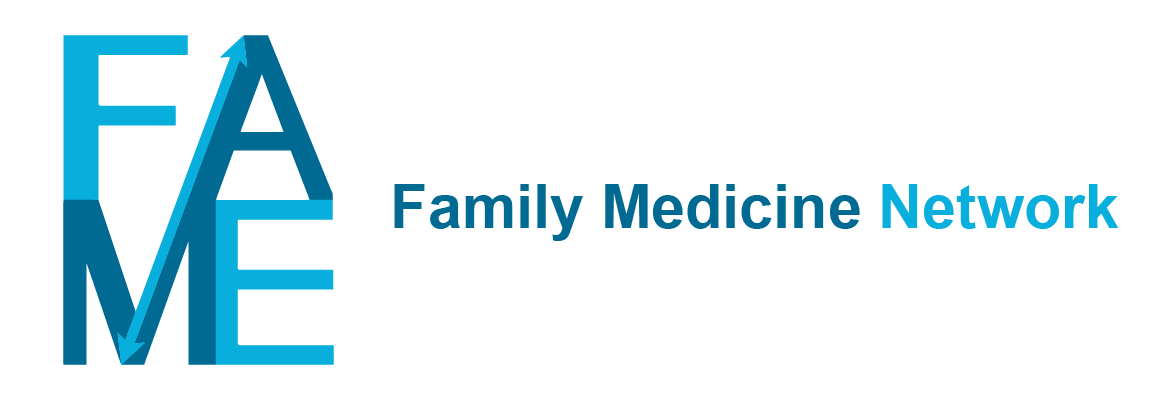Many people experience sleep disturbances (sleep problems) regularly and a proportion of them (10-15%) consult a doctor for it. Sleep disturbances include problems in falling or staying asleep and may include waking up early, not being well rested upon waking up and restless dreaming.
Sleep disorders are most widely classified according to the International Classification of Sleep Disorders (ICSD). The Diagnostic and Statistical Manual of Mental Disorders (DSM5) largely parallels the ICSD. It distinguishes seven major categories of sleep disorder. ‘Sleeplessness’ (insomnia) is defined by sleep disturbance with a negative impact on daily functioning, occurring under appropriate conditions for sleep. Insomnia can be unspecified or classified as short-term (often related to a significant stressor) or long-term / chronic.
Other specific sleep disorders include sleeprelated breathing disorders (e.g. central or obstructive sleep apnoea disorder), central disorders of hypersomnolence (excessive daytime sleepiness, e.g. narcolepsy) and parasomnias, which are undesirable physical events (movements, behaviours) or experiences (emotions, perceptions, dreams) that occur during sleep (or when entering into or waking from sleep), such as sleep walking.
Making note of the patient’s history with sleeping is the main instrument used when making a diagnosis. Some specific sleep disorders are diagnosed after additional specialist investigations in secondary care.
Treatment of sleeplessness includes education and behavioural advice. Treatment of (short-term) sleeplessness is preferably non-medicinal and focused on the trigger, although medication may help to address interference with daytime functioning and anxiety about sleeplessness. Cognitive behavioural therapy is a treatment option for (chronic) sleeplessness.
Management of specific sleep disorders may be initiated by a specialist (e.g. pharmacotherapy).
Sleep disturbance and sleep disorders are coded P06, as long as the sleep disturbance is a health problem in itself and does not occur in the context of another health problem, such as depression. P06 is a symptom diagnosis. According to the ICPC classification, symptom diagnoses are coded when health problems cannot be classified more accurately at the level of a disease diagnosis. To classify a health problem with P06 it is not necessary but possible that any of the specific sleep disorders has been diagnosed. The ICPC code does not distinguish between non-specific ‘sleep problems’ and a specific ‘sleep disorder’. This would be possible with additional data extractions using the ICD-10 subclassification.
P06 includes, for example, ‘obstructive sleep apnoea syndrome’, ‘nightmares’ and ‘sleepwalking’. ‘Jetlag’ is coded separately as A88 (adverse effect physical factor).
The incidence of sleep disturbance (P06) is 11.1 per 1000 patient years, meaning 11 new diagnoses of sleep disturbance among 1000 patients in a year. Link/Figure 1
The prevalence of sleep disturbance is 30.2 per 1000 patient years, meaning that per 1000 patients per year, 30 individual patients seek help from their GP for a known or a new sleep problem, including requests for repeat prescriptions. Link/Figure 2
Incidence and prevalence rise with increasing age. ‘Sleep disturbance’ is recorded most often among patients aged 75+. In this group, the prevalence exceeds 100 per 1000 patient years. Sleep disturbance is ranked as the 11th most prevalent condition for which patients aged 75+ most frequently contact their GP about. Link/Table 3
The prevalence of sleep disturbance as a health problem is higher among women than among men in all age groups, except in the youngest children. The sex difference in prevalence is highest in the 75+ age group, with double the rate for women when compared to men. Remarkably, in this oldest group (75+) the incidence (the occurrence of a new episode of sleep disturbance) is not more common among women than among men. Sleep disturbance presented to the GP by older women is typically an existing / recurring (not a new) problem. The higher prevalence compared to incidence in all patient groups indicates that sleep disturbance often requires repeated GP attention throughout the years.
Patients with a diagnosis of sleep disturbance (P06) generally present ‘sleep disturbance’ (P06) as their reason for encounter (RFE). Followed by a request for medication (*50), these are the most common RFEs, occurring in the majority of episodes of sleep disturbances. Link/Table 4 Other RFEs include tiredness (A04), a request for advice (*45) or being sent by someone else (*65). In older patients, the RFE request for medication (*50) increases but remains in the second position of RFEs.
Prescription of medication is a common intervention in episodes of sleep disturbance, occurring in 73% of episodes per year. Other interventions occur less frequently. Sometimes ‘therapeutic counselling / listening’ is recorded as intervention by the GP. Link/Table 5
The percentage of patients experiencing an episode of sleep disturbance receiving a prescription is highest among the older population. Link/Table 6
Prescriptions are mostly benzodiazepines but also include melatonin, antidepressants and, occasionally, antipsychotics (ATC class N05AH). Link/Table 7
Referrals to secondary care occur mainly to pulmonology, neurology and otorhinolaryngology. Link/Table 8 Primary care referrals are made occasionally and include physical therapy and psychology. Link/Table 9 In the Netherlands, training by registered exercise therapists (‘cesar therapists’) may include qualified therapy for sleep disturbance. FaMe-Net records these referrals under ‘physical therapy’.
Dutch guideline: https://richtlijnen.nhg.org/standaarden/slaapproblemen-enslaapmiddelen#volledige-tekst (2014)
Judd BG, Sateia MJ. Classification of sleep disorders. In: UpToDate, Harding SM Eichler AF (Eds), UpToDate, Waltham, MA, 2023
